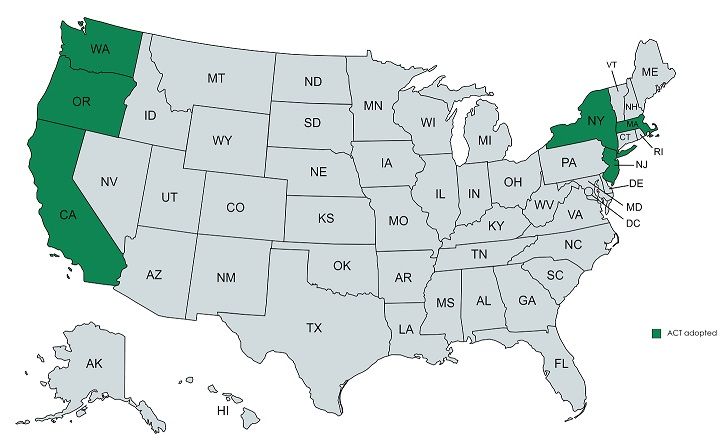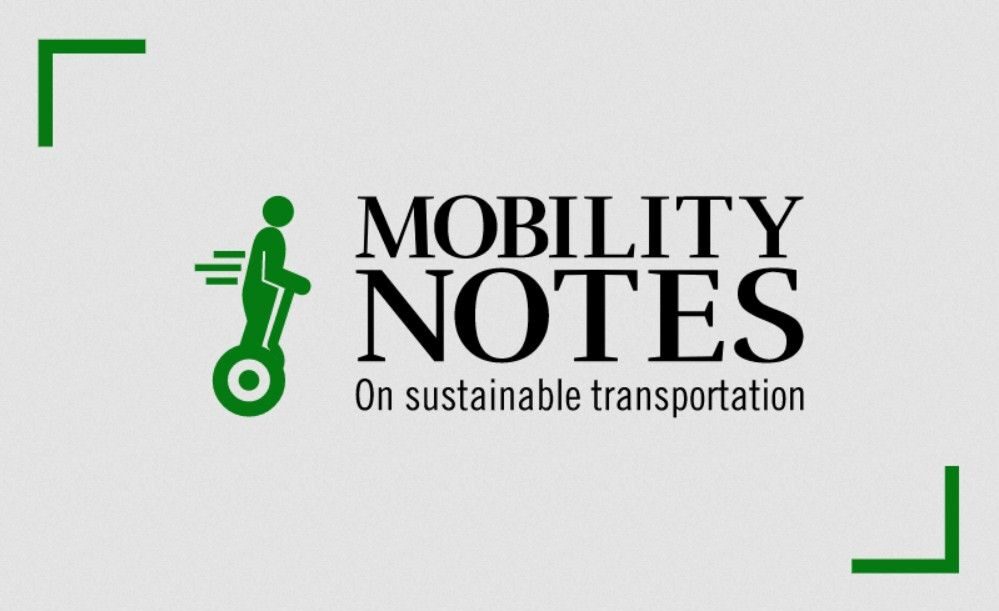Update : California's Heavy-Duty Electrification Regulations now adopted by 5 more states

Six states have adopted the Advanced Clean Trucks regulations
In December, New Jersey, New York and Massachusetts announced the adoption of California’s Advanced Clean Trucks regulation (see details below) which requires increasing fraction of new medium and heavy-duty truck sales to be fully electric, starting model year 2024.
Previously, Washington state and Oregon have also adopted this regulation, bringing the total number of states having adopted ACT to 6, including California.
If you like such content, check out the monthly newsletter covering the latest on sustainable transportation technologies and regulations. Sign up below.
Like it ? Share it !
Other recent posts
Conference Summary – SAE WCX 2025
![]()
A summary of the “SAE WCX 2025” conference held in Detroit.
IRENA Renewable Energy Capacity Statistics 2025
![]()
According to the latest report from IRENA, 2024 saw the largest increase in renewable capacity, accounting for 92.5% of overall power additions.
CO2 Emissions Performance of Heavy-Duty Vehicles in Europe – 2022 Results
![]()
The European Commission has published the official 2022 CO2 emission results for heavy-duty vehicles. Many OEMs are ahead of the targets and have gained credits, while others have their work cut out as we approach the 2025 target.

